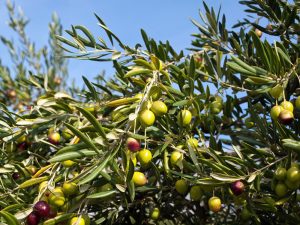 The possibility of a commercial olive industry in the Southeast has caused many growers and researchers to begin looking at what could be attainable.
The possibility of a commercial olive industry in the Southeast has caused many growers and researchers to begin looking at what could be attainable.
Peter Andersen, professor of horticulture at the University of Florida (UF), said north Florida and south Georgia are two areas of the Southeast looking at the possibility of olives as a commercial crop.
More research is needed on aspects of olive production, including pruning, which can affect the amount of flowers on a crop and the number of fruit the crop produces.
Anderson said Georgia and Florida growers have both been adding to their acreage and testing new upkeep methods and production systems.
“We don’t really have the long-term data that’s required to promote the crop for north Florida or south Georgia, although some growers with a pioneer mentality have put in a fair amount of acreage. So we’ll see in the next several years how they perform,” Anderson said.
Along with growers, researchers are involved in examining practices for the possibility of an olive industry. Andersen said that while there is not extensive research at UF’s North Florida Research and Education Center, there are around five varieties being grown for testing.
Eleanor Phillips, an entomology and nematology graduate student at UF, works in Jennifer Gillett-Kaufman’s lab at the entomology and nematology department in Gainesville, where various aspects of olive growth are being studied.
Phillips emphasizes how important pruning is to olive crops because of the influence overcrowding can have on the crops. “It is important to trim back the crop to have new growth,” she says.
Information gathered from both researchers and growers can help work toward the possibility of a successful commercial olive industry in the Southeast.
Share this Post









